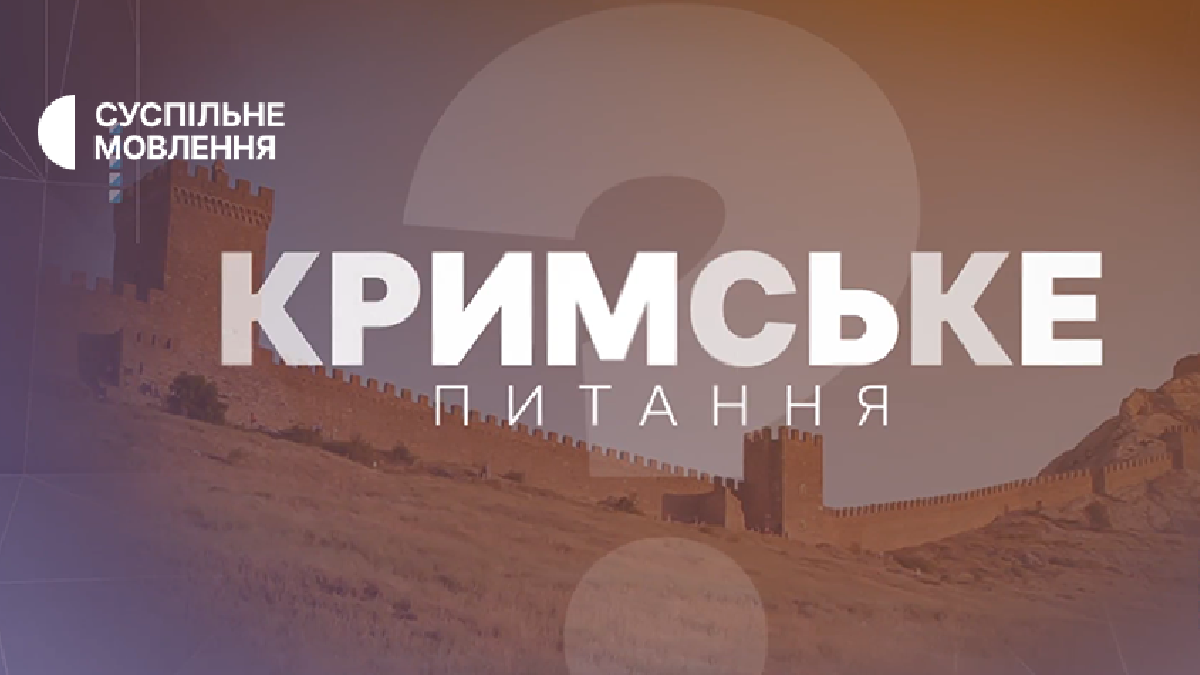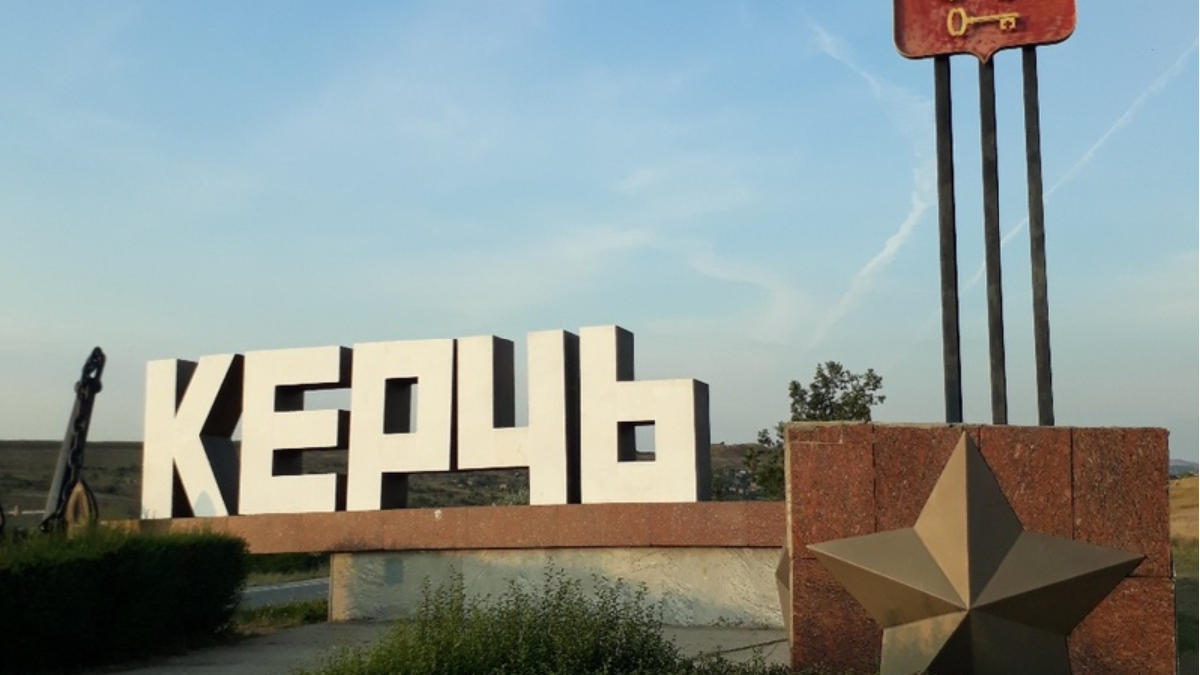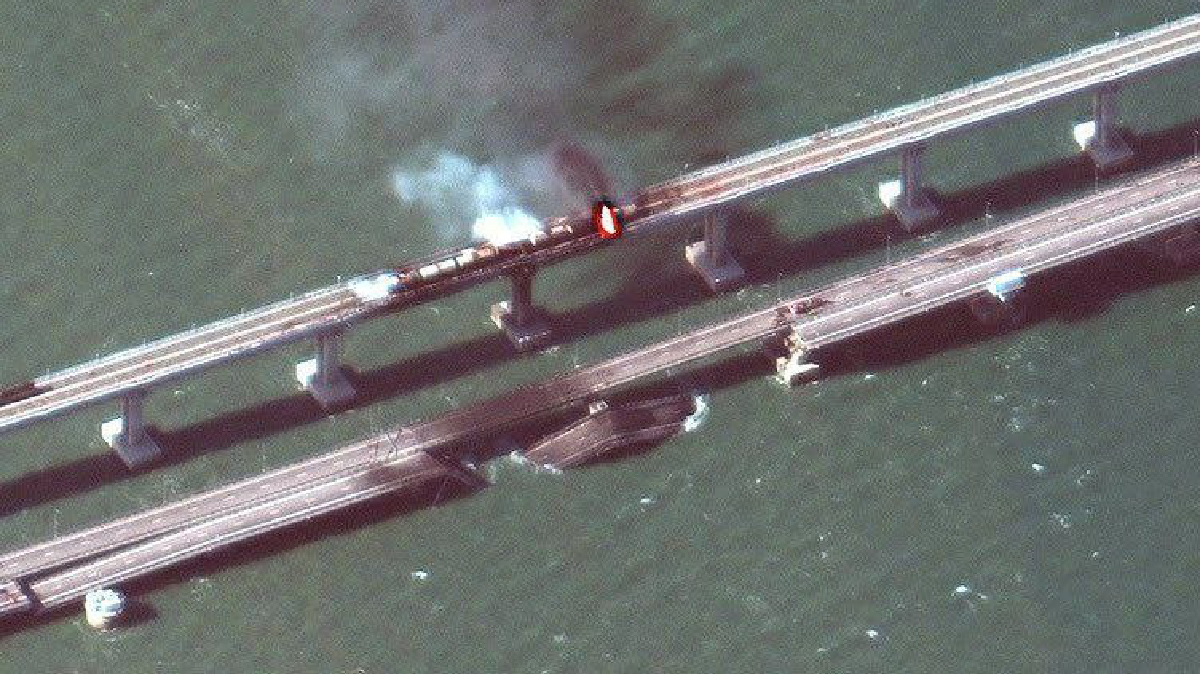Crimean Tatar alphabet. The way to Latin

On September 22, 2021, the Cabinet of Ministers of Ukraine adopted a resolution approving the Crimean Tatar alphabet based on Latin graphics. Thus, he supported the proposal of the Ministry on the reintegration of the temporarily occupied territories of Ukraine, agreed with the Mejlis of the Crimean Tatar people. The approved alphabet consists of 31 letters. It is based on the decisions of the Kurultay of the Crimean Tatar people in 1991-1993.
Olesya Vakulenko, the host of “Themes of the Day”, spoke more about the reasons and necessity of such a decision with the guests of the broadcast Abibulla Seit-Jelilly, an assistant of the Department of Turkology of the Kyiv National University named after T. Shevchenko; Igor Yaremenko - Deputy Minister for Reintegration of the Temporarily Occupied Territories of Ukraine and Guyana Yuksel - Member of the Mejlis of the Crimean Tatar People.
The return to Latin graphics, according to the assistant of the Department of Turkology of KNU. Shevchenko, now due not only to geopolitical conditions and began long before the final decision
“Today, for the first time in the history of Crimean Tatar writing, we had the opportunity to reform the graphics based not only on the fact that geopolitical conditions have changed, but they are really changing dramatically now, but also on the needs of optimizing language development. This was stated in the draft decision at the 2010 World Congress of Crimean Tatars. And even earlier in 1992, after the beginning of the return of the Crimean Tatars to their homeland, to the Crimea, in Simferopol there was an international conference devoted to the problems of the transition to Latin graphics. And the new alphabet was developed and adopted in September of that year, and in 1997 legitimized by the Verkhovna Rada of Crimea. Since then, the media began to actively use the new graphics, they had their pros and cons, but this process, as today, all, including scientists in the Crimea, stated that this process is no longer reversed.
Abibullah Seit-Jellill added that during its existence the Crimean Tatar language changed the alphabet three times and each time it was dictated by political considerations.
“Over the last 80-90 years, the Crimean Tatar script has been reformed several times. These reforms were dictated by more political considerations and they led to the processes of politicization, assimilation of the peoples of the then USSR. And we can say that during this period there was a radical reorientation in general of the Crimean Tatars and in particular in the literary language. We moved away from the Arabic script, it was replaced first by Latin, and then in 1938, of course, "thanks" to the leader of the peoples, all Turkic languages were again translated for political reasons, in Cyrillic.
Returning to the first version of the spelling, Arabic writing, he rejects in connection with the development of the language itself:
“Arabic writing occupies a very large volume in the history of development of our literary language in particular, but over the last 100-150 years due to the development of the Crimean Tatar people, integration into European society we have gradually lost and due to the fact that we are developing as secular people in the language are lost features, phonetic features, especially Arabism and Farsism. We abandoned in the mid-20s, when there were all these reforms, most of the borrowing from these languages, as well as with the farces. Latin graphics are close to most of the Turkic peoples, where most of the Crimean people live in the form of diasporas are Turkey, Uzbekistan, Romania, they also use Latin graphics. In addition, modern Latin reflects the morphological principle, which is very important for our spelling and the phonetic principle as well, it is not the first, but the second, it also reflects the correct sound of the word. the only point here is that we are not trying to make norms for the classical language, which cannot be corrected, which we will not reform, we are a living people who can then gradually progress their knowledge to reform in the future.
In the education of students, this resolution will not make special changes, because education is still taking place in Latin graphics:
Since 2014, the university has opened a specialty "Crimean Tatar language", I joined two years later, in this process, and it has come to me that the leadership that we teach students on the basis of Latin graphics, which was developed in the 90s and which has already has its own system and tested and adapted to write. So here we just welcome everything, what we have done all these years and we are glad that it's not in vain. Graphics is not the study of the whole language, it is only a part, it is both a living communication of communication, and a grammatical block of disciplines. Language is a little more than an alphabet”.
Igor Yaremenko, Deputy Minister for Reintegration of the Temporarily Occupied Territories of Ukraine, called the Government's resolution not an ordinary and not a simple decision:
“It seems to us that this is not a simple decision, not ordinary in fact. I would like to mention that during this year there were several important decisions to support the Crimean Tatar people and their language, of course. It is worth mentioning the law on indigenous peoples, and also at the beginning of the year the concept of development of the Crimean Tatar language in the conditions of the threat that exists in this language today was adopted. And now we are working on a strategy and plan for implementing this concept. Although the adoption of the alphabet is one of the elements and some would say that it is not a significant step, we believe that it is a very serious step forward, believing that for 30 years no one has done it. This alphabet was developed jointly with the Mejlis of the Crimean Tatar people, together with scientists, and it was supported by all, and it seems to me that at the moment we do not fully imagine the consequences of such a decision".
He added that the ministry started working on a project to support the language, including the alphabet, last year. Preparations are underway for the adoption of the Crimean Tatar Language Development Strategy for 2022-2032 and an action plan for its implementation. However, it is still difficult to say exactly the date of adoption:
“I really hope that next month, I don’t want to commit because I know how decisions are made in government, I mean sometimes it’s pretty hard going through bureaucratic things. but bureaucratic processes are also needed, but at the same time they are difficult to predict. I hope that next month we will be able to announce the good news that the strategy has been adopted. "
Guyana Yuksel, a member of the Mejlis of the Crimean Tatar people, drew attention to the openness with which the concept was developed and focused on an interesting point that directly concerns the Crimean Tatars:
“The Majlis participated in the development and was involved in all discussions. You know that the concept was developed very openly, public discussions of this concept program were announced first, then the strategy of the program of development and preservation of the Crimean Tatar language, so basically everything we expected there. Another very interesting point it relates directly to the Crimean Tatars, the alphabet and the number of letters in this alphabet. I want to say that the political decision was made based on the decision of the Kurultay of the Crimean Tatar people in 1991. There were different opinions, different discussions, positions, views of scientists proposing the reform of the alphabet, but we returned to the version that was adopted in 1991 and this is a political decision that was made and now approved writing the alphabet in Latin graphics.
As for the Crimean Tatar population of the occupied peninsula, according to Guyana Yuksel, it has long used Latin graphics, but the reaction of the occupying authorities was ambiguous:
“The transition of the Crimean Tatar language to Latin script is a decision that has already been made in Rome by the decision of the Kurultai, in 2009 the World Congress of Crimean Tatars was held and a decision was made and even a working group was set up. then a new spelling was proposed but such a situation occurred that conditionally speaking they could not agree and then the work was not completed. But I want to tell you that scientists, people who are related to the language, to the language environment are working on the development of Crimean Tatar culture, they all use Latin for a long time, so the decision is completely invaluable ??? and the transition is necessary because in fact Latin graphics it better conveys the phonetic structure of the language so the acceptance was just as positive. Another point that immediately reacted de facto authorities there on the peninsula began such a reaction, so to speak, is not official, but still when the statement that such decisions must be made in the Crimea that such decisions can be made by Crimean Tatars who were on the peninsula again immediately denial that in the territory of the Russian Federation as the official only Cyrillic is used and it is impossible to accept Latin. That is, the reaction was so ambiguous, but the fact that Latin is used by Crimean Tatars by intellectuals and people related to science. literature of journalism is a fact and has been used for quite a long time since the 90s since the return of the Crimea and the people from the places of deportation to the historical homeland.
The decision of the government confirms the existing real situation and will give the chance to initiate programs of development of the Crimean Tatar writing:
“This decision confirms the existing real situation, in reality Latin and Cyrillic are used in parallel, but now it has been approved at the state level. The possibility of printing textbooks of monographs of research literature in Latin is already possible based on the current legislation of Ukraine. Prior to that, it was an initiative of individual scientists, research centers. And you can turn to the state and ask to initiate programs for the development of Crimean Tatar writing in Latin.
In particular, the member of the Majlis added that the transition to Latin graphics can be considered as a bridge of connection with other Turkic peoples, and knowledge of the Crimean Tatar language can be useful not only for Crimean Tatars, but also for Ukrainians.
“The Crimean Tatar language in Latin can be considered as a certain bridge or means of communication with the rest of the Turkic world, it is a very large population of 250 million, there are states, there are autonomies, there are peoples who do not have statehood. Most members of the Turkic world use Latin, such as Turkey, Azerbaijan and some Central Asian countries. Turkic countries also switched to Latin, including Ukzbekist. A person who knows the Crimean Tatar language, he feels free and freely conducts any activity in another Turkic world. A person who knows the Crimean Tatar language can travel and talk and communicate in Turkey, Kazakhstan and other countries around the world.







